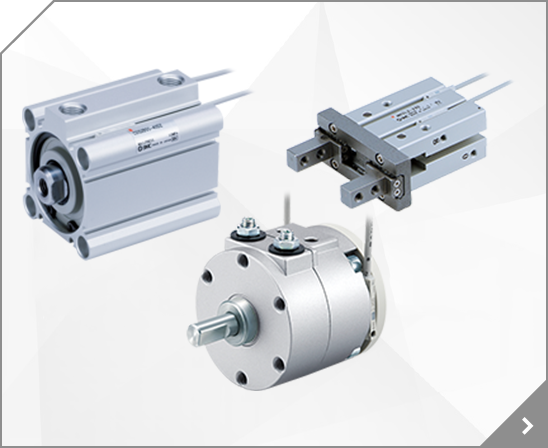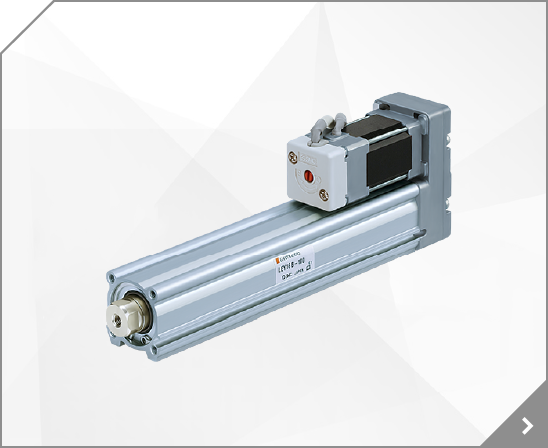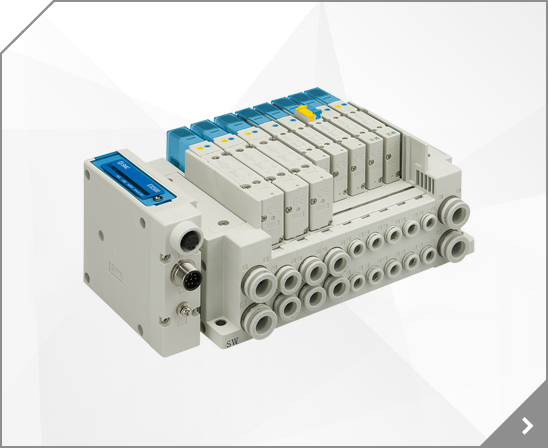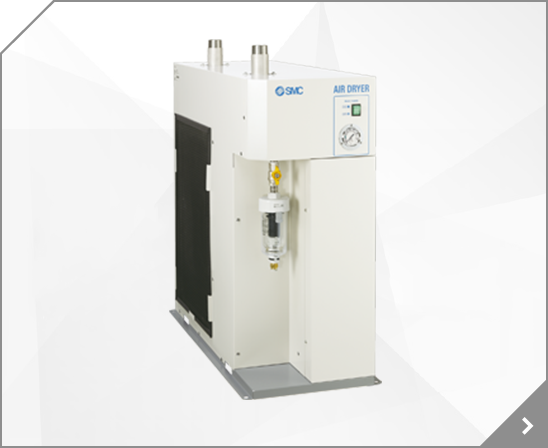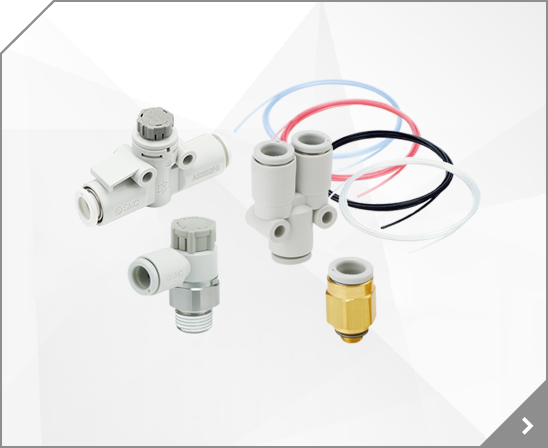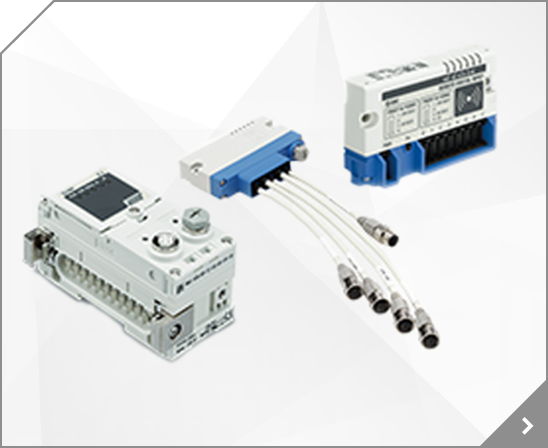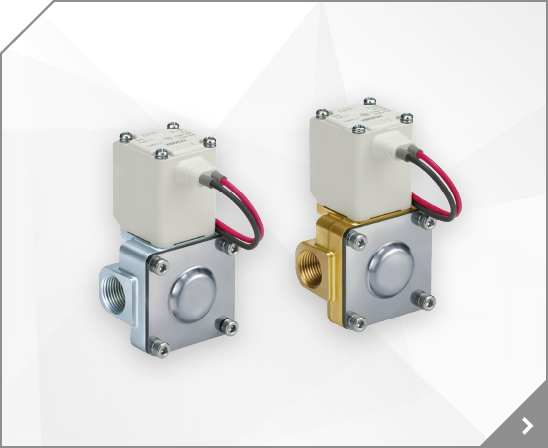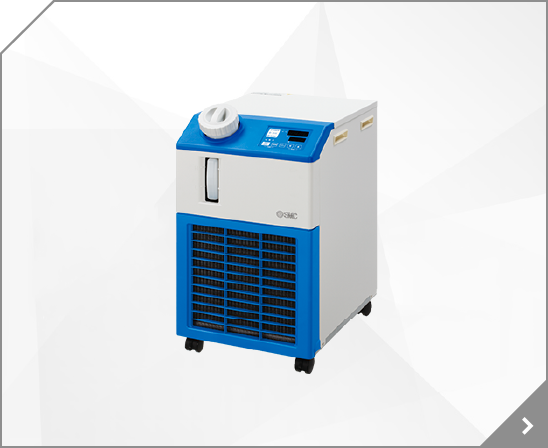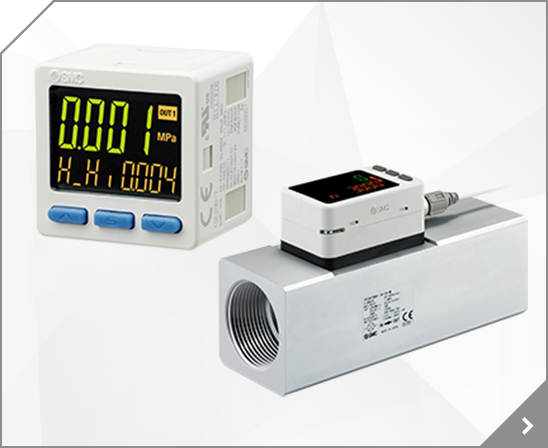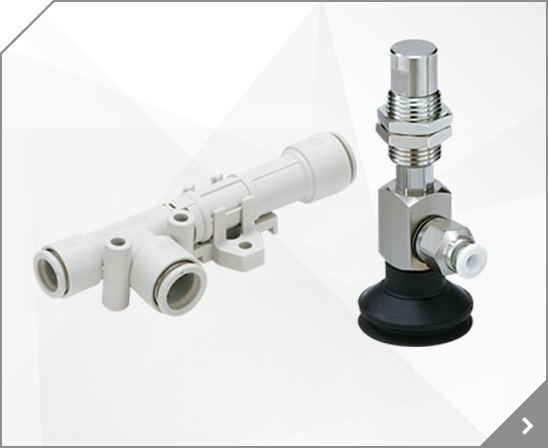
The number of the switches: N/A, Type of Auto Switch Mounting: N/A, Head Cover Port Position: 90° to axis, Rod End Bracket: Without bracket, Lock Position: -, Type of Mount Support: Base mounting type, Custom-made Specifications: None, Lock unit magnet: Without magnet
Bearing Type: Ball bushing bearing, Bore Size: 80mm, Port Type: G, Stroke: 175mm, Auto Switch: -, Lead Wire or Prewired Connector: -, Number: -
Bearing Type: Ball bushing bearing, Bore Size: 63mm, Port Type: G, Stroke: 175mm, Auto Switch: -, Lead Wire or Prewired Connector: -, Number: -
Bearing Type: Ball bushing bearing, Bore Size: 100mm, Port Type: NPT, Stroke: 175mm, Auto Switch: -, Lead Wire or Prewired Connector: -, Number: -
Magnet: None, Mounting: Rod Flange, Bore: 16mm, Stroke: 175mm, Head Cover: Perpendicular to Axis, Pivot Bracket: -, Rod End Bracket: -, Auto Switch: -, Lead Wire or Prewired Connector: -, Number: -, Auto Switch Mounting: -, Cushion: Rubber Bumper, Series: J2
Magnet: None, Mounting: Double Clevis, Bore: 10mm, Stroke: 175mm, Head Cover: Perpendicular to Axis, Pivot Bracket: -, Rod End Bracket: -, Auto Switch: -, Lead Wire or Prewired Connector: -, Number: -, Auto Switch Mounting: -, Cushion: Rubber Bumper, Series: J2
The standard air cushion utilizes a floating cushion seal to eliminate piston rod bouncing. The cushion volume has been elevated permitting about 30% more allowable kinetic energy absorption. The port and captive cushion adjustment valve are located on the same side of cap for heightened access.
The standard air cushion utilizes a floating cushion seal to eliminate piston rod bouncing. The cushion volume has been elevated permitting about 30% more allowable kinetic energy absorption. The port and captive cushion adjustment valve are located on the same side of cap for heightened access.
The standard air cushion utilizes a floating cushion seal to eliminate piston rod bouncing. The cushion volume has been elevated permitting about 30% more allowable kinetic energy absorption. The port and captive cushion adjustment valve are located on the same side of cap for heightened access.
The standard air cushion utilizes a floating cushion seal to eliminate piston rod bouncing. The cushion volume has been elevated permitting about 30% more allowable kinetic energy absorption. The port and captive cushion adjustment valve are located on the same side of cap for heightened access.
The standard air cushion utilizes a floating cushion seal to eliminate piston rod bouncing. The cushion volume has been elevated permitting about 30% more allowable kinetic energy absorption. The port and captive cushion adjustment valve are located on the same side of cap for heightened access.
The standard air cushion utilizes a floating cushion seal to eliminate piston rod bouncing. The cushion volume has been elevated permitting about 30% more allowable kinetic energy absorption. The port and captive cushion adjustment valve are located on the same side of cap for heightened access.
The standard air cushion utilizes a floating cushion seal to eliminate piston rod bouncing. The cushion volume has been elevated permitting about 30% more allowable kinetic energy absorption. The port and captive cushion adjustment valve are located on the same side of cap for heightened access.
The standard air cushion utilizes a floating cushion seal to eliminate piston rod bouncing. The cushion volume has been elevated permitting about 30% more allowable kinetic energy absorption. The port and captive cushion adjustment valve are located on the same side of cap for heightened access.
The standard air cushion utilizes a floating cushion seal to eliminate piston rod bouncing. The cushion volume has been elevated permitting about 30% more allowable kinetic energy absorption. The port and captive cushion adjustment valve are located on the same side of cap for heightened access.
The standard air cushion utilizes a floating cushion seal to eliminate piston rod bouncing. The cushion volume has been elevated permitting about 30% more allowable kinetic energy absorption. The port and captive cushion adjustment valve are located on the same side of cap for heightened access.
This is a legacy product. Please contact us for the latest version.sales@ocaire.com, "CYL, MB, TIE ROD CYLINDER, N lb
The standard air cushion utilizes a floating cushion seal to eliminate piston rod bouncing. The cushion volume has been elevated permitting about 30% more allowable kinetic energy absorption. The port and captive cushion adjustment valve are located on the same side of cap for heightened access.
The standard air cushion utilizes a floating cushion seal to eliminate piston rod bouncing. The cushion volume has been elevated permitting about 30% more allowable kinetic energy absorption. The port and captive cushion adjustment valve are located on the same side of cap for heightened access.
The standard air cushion utilizes a floating cushion seal to eliminate piston rod bouncing. The cushion volume has been elevated permitting about 30% more allowable kinetic energy absorption. The port and captive cushion adjustment valve are located on the same side of cap for heightened access.
